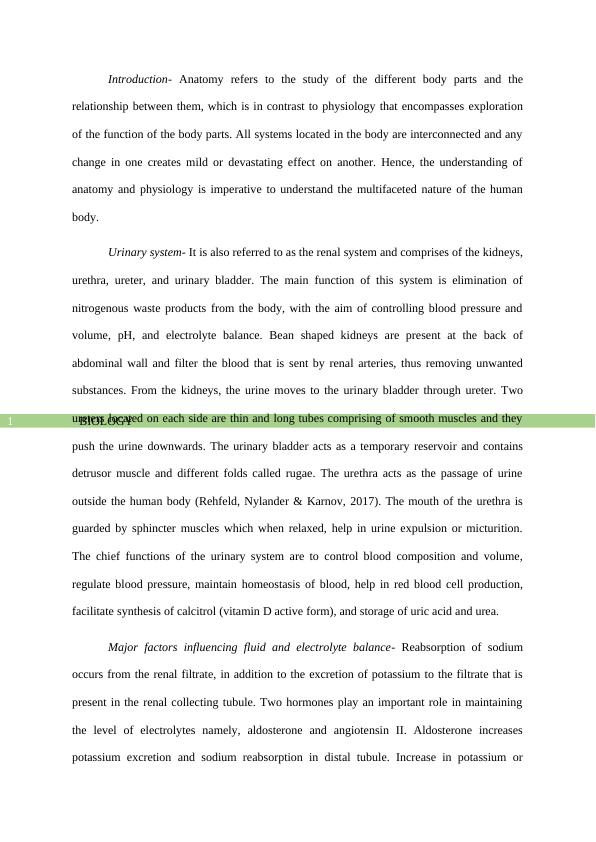Anatomy and Physiology of Urinary System: A Comprehensive Overview
Added on 2022-10-12
4 Pages781 Words454 Views
End of preview
Want to access all the pages? Upload your documents or become a member.
Understanding the Urinary System: Anatomy and Functions
|18
|4228
|211
Water Diuresis and Urinalysis: Experiment and Results
|14
|2935
|460
Kidneys and Urinary Tract
|5
|794
|39
(PDF) Kidney Anatomy and Physiology
|8
|2169
|167
CONCEPT MAP. 1. Concept Map Student’s Name Institutiona
|6
|1322
|93
Urine Formation Process Assignment
|3
|382
|16


